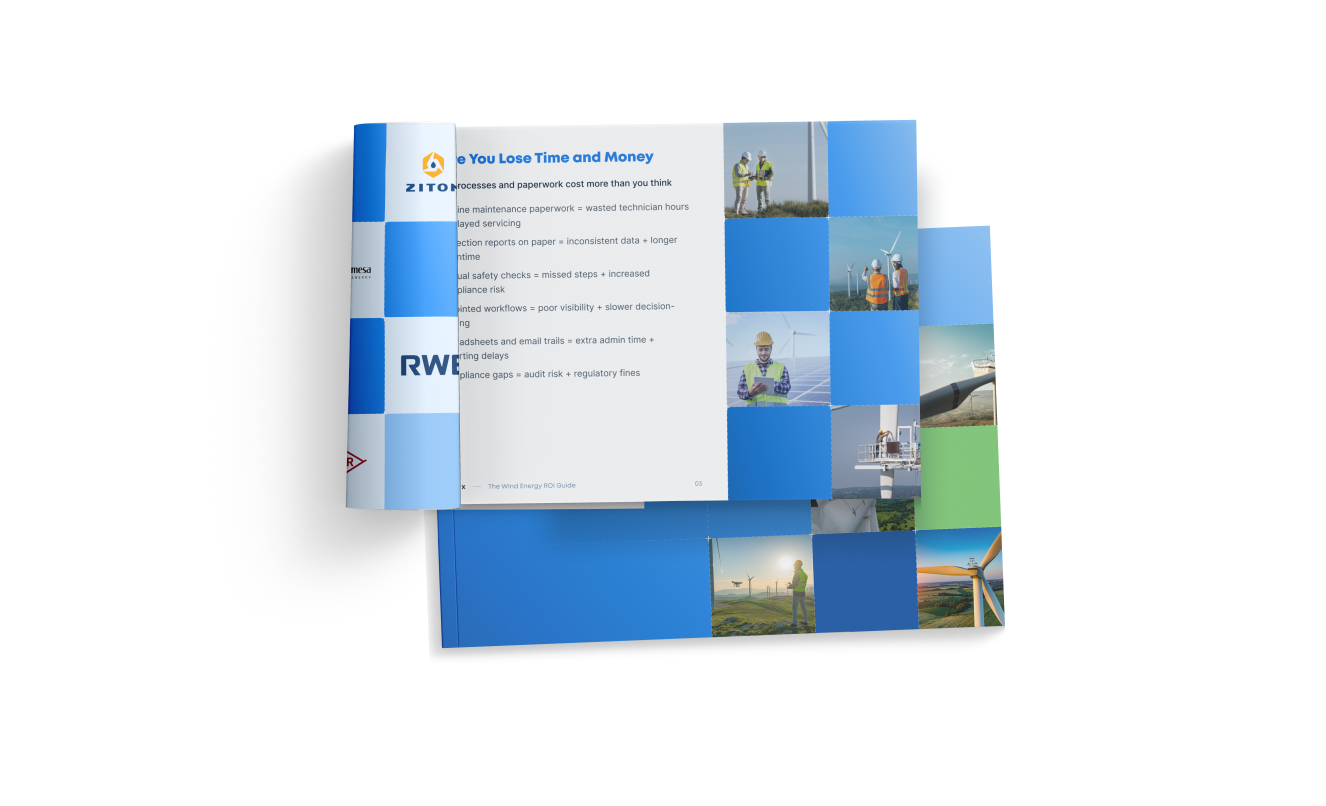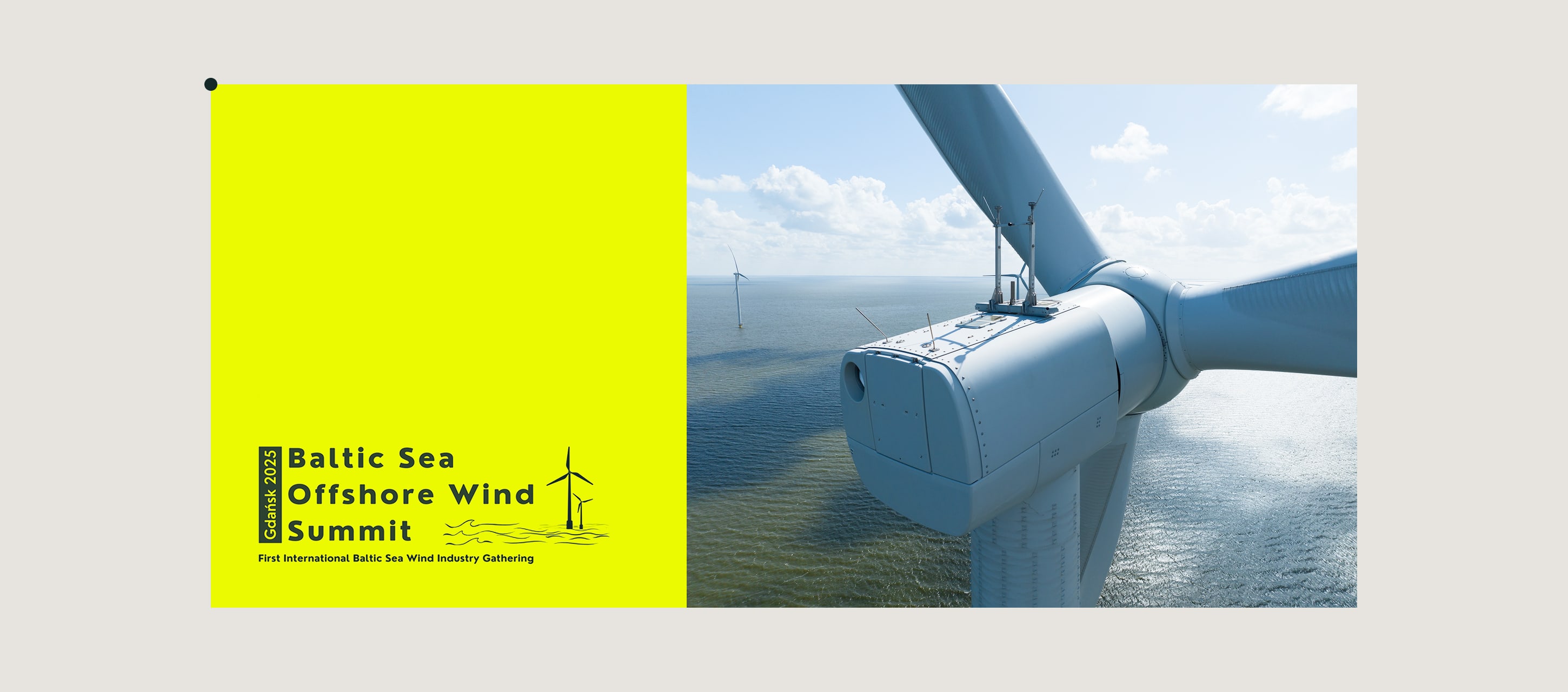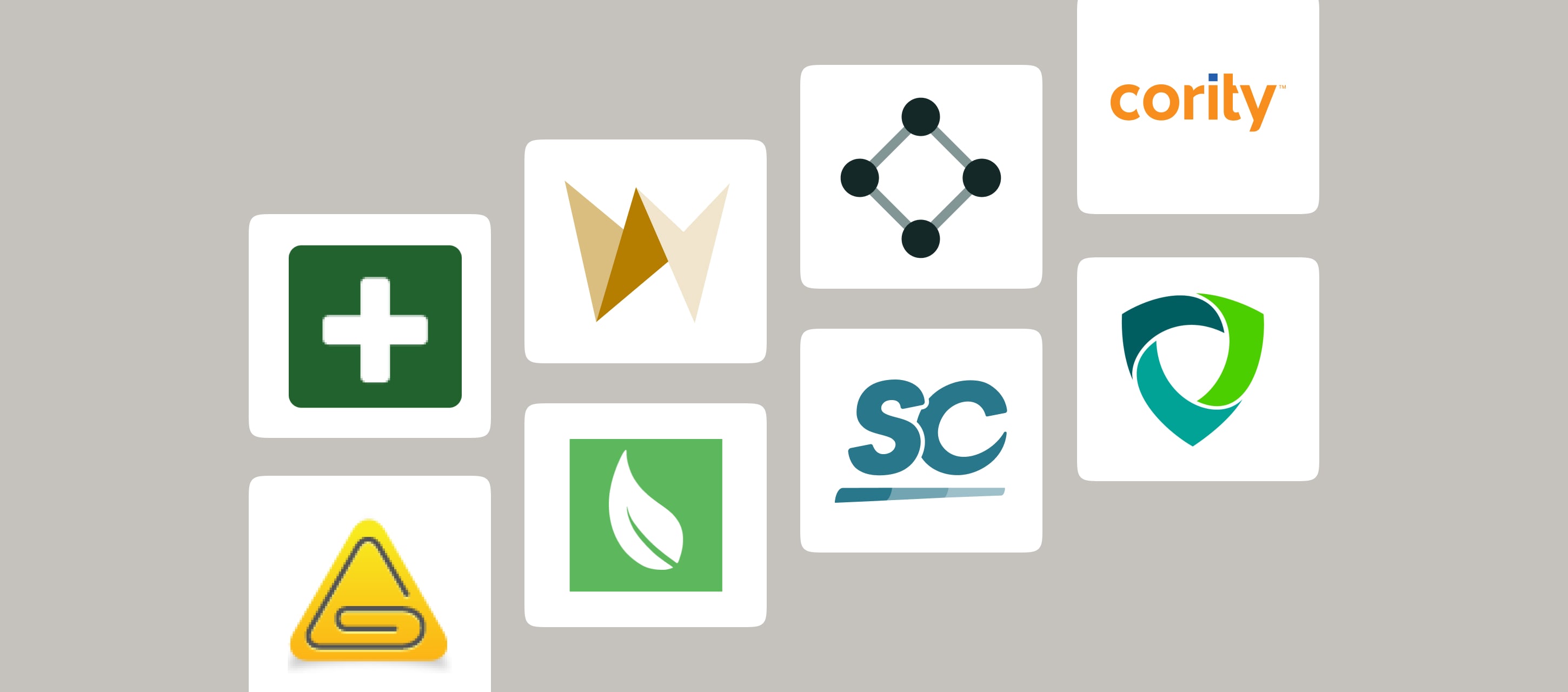In early March, Gdańsk became the center of the Baltic Sea’s energy conversation. The Baltic Sea Offshore Wind Summit 2025, hosted at the European Solidarity Centre, brought together over 200 international stakeholders – policymakers, industry leaders, innovators, and energy experts – with one goal: to unlock the offshore wind potential of the Baltic Sea.
At Fluix, we know how critical energy infrastructure is to field productivity, security, and regional growth. That’s why our wind energy experts, Masha Imaas and Dmytro Adamyan, attended the event. Here’s what stood out from the summit – and why it matters for anyone invested in powering smarter, safer, and more resilient operations in the field.
Contents:
1. Offshore Wind Is the Key to Energy Sovereignty
From the opening panel, it was clear that offshore wind has evolved from an environmental goal to a strategic imperative. Poland’s Minister of Climate and Environment, Paulina Hennig-Kloska, emphasized that offshore wind plays a crucial role in advancing energy sovereignty and reducing dependency on fossil fuels. She also pointed to the economic benefits for Polish companies, noting that a thriving wind sector could drive job creation and foster a green economy.
This perspective was echoed throughout the summit. Offshore wind isn’t just about clean energy – it’s emerging as a shield against geopolitical risks.
2. Security Is Now a Top Priority
Given the current geopolitical climate, security took center stage. A panel titled “Guardians of the Wind” discussed proposed strategies, including closer coordination with NATO and regional defense bodies.
Yet a lingering question remained: Are the current measures sufficient to give private investors the confidence to scale their involvement?
The Wind Energy ROI Guide
See how Fluix can help you simplify inspections and maintenance, cutting operational costs and saving hours


3. Grid Integration Is a Game-Changer
One of the summit’s key moments was the presentation of the Baltic Wind Award, which celebrated the full integration of the Baltic States into the European electricity grid – an accomplishment that has taken decades.
EU Energy Commissioner Dan Jørgensen noted that this achievement was only possible thanks to the close collaboration among Baltic nations and the unwavering political, technical, and financial support of the European Commission.
Grid synchronization doesn’t just promote energy independence; it also lays the groundwork for long-term investment and more ambitious offshore wind projects.
4. Supply Chains Need Strategic Investment
A recurring theme was the urgency of strengthening local supply chains to meet the rising demand for offshore wind development. As projects grow in scale, ensuring consistent access to materials and skilled labor is becoming more difficult.
Bartosz Fedurek, CEO of PGE Baltica, stressed the importance of long-term predictability in the industry. He highlighted that sustained investment volumes and coordinated auction planning among Baltic nations are vital. Without alignment, he suggested, suppliers may hesitate to commit the resources needed to scale up their capacity.
5. Workforce Innovation Is Vital
The summit made it clear: the future of offshore wind depends on people as much as technology. During the “Talent Matters” panel, speakers focused on closing the talent gap through education, workforce development, and strategic training programs.
Organizations like BOTC Training and WindEurope explored how to draw new talent into the industry and keep them engaged. The consensus was that purpose-driven work, fair wages, and training programs that keep pace with technological change are key to building a robust renewable energy workforce.
6. Investors Are Watching Closely
Although the summit was full of political momentum, some participants noted that the investor perspective – especially around risk and cost – was not as prominent as it should have been.
Fedurek, among others, raised concerns about whether current security strategies were enough to instill confidence in private capital.
With public entities leading much of the development, there’s a risk that market dynamics could be sidelined. Going forward, aligning political ambition with commercial viability will be essential for the industry’s success.
Looking Ahead
The summit ended with anticipation for its next edition in Brussels this October – an opportunity to deepen the collaboration between local stakeholders and EU institutions.
At Fluix, we see this type of alignment as foundational. When countries, companies, and innovators work toward common goals, progress follows.
For field teams in energy, construction, and aviation, the summit reinforced a key takeaway: clean energy is no longer a distant objective. It’s becoming the backbone of everyday operations – secure, sustainable, and increasingly localized.
And as the sector matures, the demand for smart, connected field solutions – like Fluix – is only growing.
By streamlining workflows, enabling real-time collaboration, and supporting compliance in high-stakes environments, Fluix can empower your teams to lead the energy transition with confidence.
Let’s keep the conversation going.






